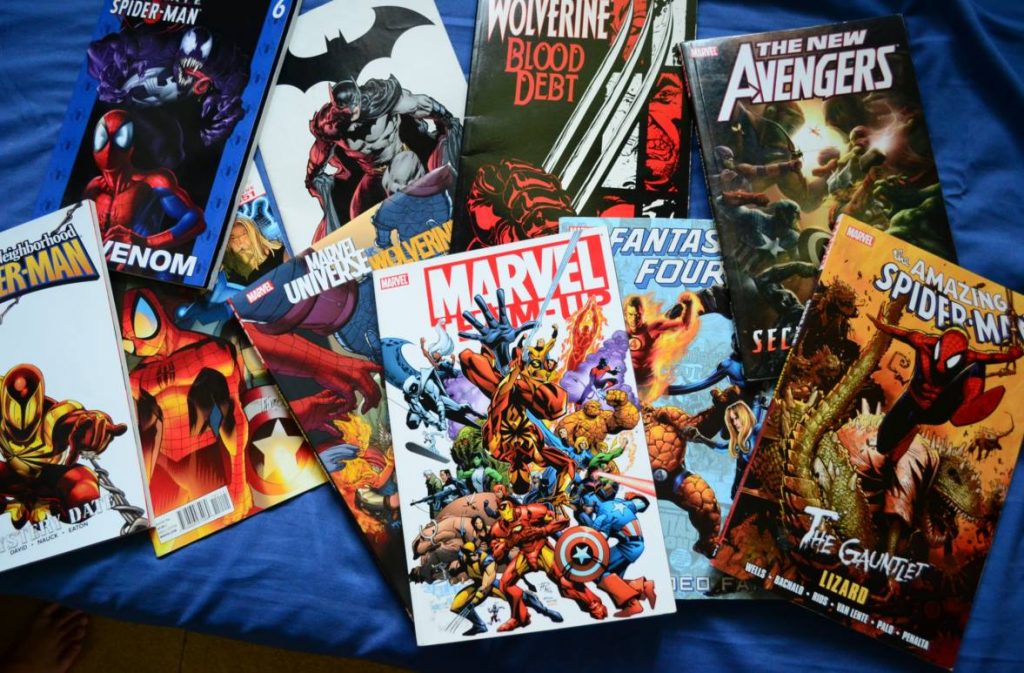
Comic books are a form of expression that can tackle any subject on the same level as feature films, television shows, and literary fiction. Their unique narrative power can make you laugh or move you to tears. Comic books have been an underrated and overshadowed art form for years, but they are becoming an active part of pop culture again due to adaptations into blockbuster superhero movies.
Comics are a unique, expressive medium that combines the power of textual narration and images. Comic books usually consist of sequential panels or frames that tell one part of the story, such as a moment, a look, or a scenery shot. This innovative form of expression allows creators to freely experiment with visual arts and narrative devices on each page.
Below, we have listed the crucial elements of every comic book that work together to convey a story.
True comic lovers are familiar with the passion for comic collection, which has been the driving force for the comic book industry for decades. There is nothing more exciting to a dedicated member of the comic community than holding a rare comic book in your hands. Even in this modern era of e-readers, the quest for old and rare comic books remains a beloved hobby among superhero fans.
Some of these comics are such a cherished rarity that the most avid fans out there are willing to spend a fortune on them. Their sky-high prices depend on market value and prove the importance of these stories for worldwide pop culture. Without further ado, here is a list of the ten most expensive comic books today:
Comic books convey stories through an evocative combination of text, images, colors, gutters, panel composition, spatial layout, facial expressions, body language, and sound effects. This complex art form involves visual language that activates various cognitive processes to allow a multi-dimensional portrayal of certain information. Therefore, comic books enable more advanced text comprehension than literary fiction.
Research has shown that humans are significantly faster at processing information in a visual than textual form. The traditional written form depicts information in a limited, sequential way. On the other hand, reading comic books allows us to interpret diverse visual information at the same time, including mood, time, setting, dialogue, action, and emotion.
Visual storytelling is a streamlined process with exceptional efficiency that attracts most humans. The process of reading a comic book resembles watching a dubbed movie instead of having to read subtitles. When we perceive the character’s facial expressions and other gestures on a panel, specialized brain cells called mirror neurons process this information and relate it to past experiences to assign meaning.
Whether you are a casual or devout fan, comic book culture is an invaluable and endless source of beloved stories, characters, and heroes you can connect to. Comic books are not only a source of entertainment but also offer various educational benefits, promoting literacy, visual comprehension, and critical thinking.